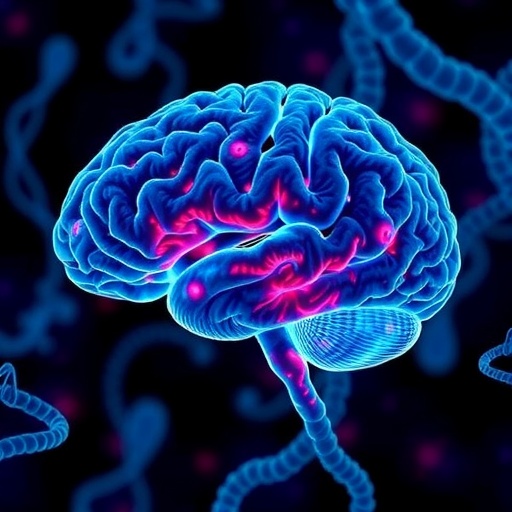
Credit: The University of Queensland
A University of Queensland-led team of international researchers says supercharged “clones” of the bacteria Streptococcus pyogenes are to blame for the resurgence of the disease, which has caused high death rates for centuries.
UQ’s Dr Stephan Brouwer said health authorities globally were surprised when an epidemic was detected in Asian countries in 2011.
“The disease had mostly dissipated by the 1940s,” Dr Brouwer said.
“Like the virus that causes COVID-19, Streptococcus pyogenes bacteria are usually spread by people coughing or sneezing, with symptoms including a sore throat, fever, headaches, swollen lymph nodes, and a characteristic scarlet-coloured, red rash.
“Scarlet fever commonly affects children, typically aged between two and 10 years.
“After 2011, the global reach of the pandemic became evident with reports of a second outbreak in the UK, beginning in 2014, and we’ve now discovered outbreak isolates here in Australia.
“This global re-emergence of scarlet fever has caused a more than five-fold increase in disease rate and more than 600,000 cases around the world.”
Co-author Professor Mark Walker and the team found a variety of Streptococcus pyogenes bacteria that had acquired “superantigen” toxins, forming new clones.
“The toxins would have been transferred into the bacterium when it was infected by viruses that carried the toxin genes,” Professor Walker said.
“We’ve shown that these acquired toxins allow Streptococcus pyogenes to better colonise its host, which likely allows it to out-compete other strains.
“These supercharged bacterial clones have been causing our modern scarlet fever outbreaks.
“The research team then removed the toxin genes from the clones causing scarlet fever, and these modified ‘knock-out’ clones were found to be less able to colonise in an animal model of infection.”
For the time being, scarlet fever outbreaks have been dampened, largely due to public health policy measures introduced to control COVID-19.
“This year COVID-19 social distancing has kept scarlet fever outbreaks in check for now,” Professor Walker said.
“And the disease’s main target – children – have been at school less and also spending far less time in other large groups.
“But when social distancing eventually is relaxed, scarlet fever is likely to come back.
“We need to continue this research to improve diagnosis and to better manage these epidemics.
“Just like COVID-19, ultimately a vaccine will be critical for eradicating scarlet fever – one of history’s most pervasive and deadly childhood diseases.”
###
This research was a collaboration between UQ, Telethon Kids Institute, University of Wollongong, Western University (Canada), the Peter Doherty Institute for Infection and Immunity (University of Melbourne), University of Cambridge, University of California San Diego, The University of Hong Kong and the Chinese Centre for Disease Control and Prevention.
It has been published in Nature Communications (DOI: 10.1038/s41467-020-18700-5).
Media Contact
Professor Mark Walker
[email protected]
Related Journal Article
http://dx.





